Retro Replay Review
Gameplay
Astro Warrior delivers a classic shoot-’em-up experience that’s easy to pick up but challenging to master. From the moment you fire your first bullet, the focus is squarely on reflexes and pattern recognition. Your ship moves fluidly across the screen, and every hazard—be it incoming fire or terrain obstacles—demands quick decisions. The controls feel responsive, ensuring you can dart out of the way at a moment’s notice.
(HEY YOU!! We hope you enjoy! We try not to run ads. So basically, this is a very expensive hobby running this site. Please consider joining us for updates, forums, and more. Network w/ us to make some cash or friends while retro gaming, and you can win some free retro games for posting. Okay, carry on 👍)
The weapon upgrade system is straightforward yet addictive. By blasting the flashing red pieces on the landscape, you summon green ships that, when collected, evolve your single-shot bullets into a powerful laser beam. Continuing to gather these power-ups boosts you to dual and then triple lasers. This mechanic keeps each zone feeling fresh as you strive to maintain your firepower and avoid being reset to a lone bullet.
Each of the three zones culminates in a boss encounter that tests your mastery of movement and shooting. These bosses require multiple hits and have distinct attack patterns, offering a satisfying spike in difficulty. Defeating them not only grants you bragging rights but also propels you into the next zone—until you clear all three and the cycle begins anew.
The endless loop design underscores the game’s arcade DNA: there’s no final cutscene, only your pursuit of a higher score. This relentless drive to outperform yourself or others injects a compelling replay value. Though there’s no save feature, the simplicity of starting from the first zone means you’re back in the action in seconds, ready to claw your way up the leaderboard once more.
Graphics
For its era, Astro Warrior’s graphics are vibrant and distinct. The color palette uses solid primary hues, ensuring your ship, enemy vessels, and environmental hazards stand out clearly. This clarity is vital in a fast-paced shooter where split-second visibility can make the difference between life and death.
The terrain graphics, while repetitive, convey an alien landscape that evolves subtly across zones. Each new level introduces different tile patterns and color variations, preventing the visuals from feeling monotonous despite the game’s looping structure. Flying over vast expanses of hostile ground gives a sense of progression as you push deeper into enemy territory.
Enemy sprites are well-animated and exhibit varied behaviors, from straight-line assaults to homing projectiles. The bosses tower over your ship with imposing designs, and their multi-hit animations provide satisfying feedback as you chip away at their health. Explosion effects are simple but effective, flashing bright whites and reds to punctuate your victories.
In the Brazilian release, Sapo Xulé’s submarine makeover demonstrates the engine’s flexibility. Though the visual assets remain nearly identical, the lagoon-themed tiles and cartoonish toad character infusion add a playful twist that will resonate with nostalgic fans of 1980s Brazilian pop culture.
Story
Astro Warrior features a minimal narrative framework, typical of early arcade shooters. The premise is straightforward: pilot your ship through hostile zones, destroy enemies, and rack up as many points as possible. There’s no elaborate backstory or branching dialogue—just pure, unadulterated action.
This bare-bones approach keeps the focus squarely on gameplay. The lack of story depth won’t bother fans who relish the arcade-style thrills over narrative complexity. Instead of cutscenes or text dumps, the game immerses you in a continuous battle for survival and high scores.
Despite its simplicity, the thematic shift in the Brazilian version adds a novel storytelling layer. You become Sapo Xulé, a mischievous, shoe-wearing toad navigating a polluted lagoon. This lighthearted premise doesn’t alter the mechanics but gives the experience a whimsical charm—transforming alien skies into murky waters and alien crafts into quirky submersibles.
In both versions, the cyclical level design and absence of a definitive ending underscore a timeless arcade philosophy: the journey is the story. Each playthrough is a fresh attempt to push further, survive longer, and etch your initials atop the high-score table.
Overall Experience
Astro Warrior remains a compelling choice for retro shooter enthusiasts and newcomers alike. Its elegant simplicity and tight controls create a pick-up-and-play appeal that’s hard to resist. Each session feels purposeful, whether you’re striving to clear the next boss or snagging that elusive triple laser upgrade.
The game’s escalating difficulty keeps you on your toes without feeling unfair. While the environments can grow repetitive over time, the satisfaction of chaining power-ups and mastering boss patterns sustains engagement. The looping zones design is ideal for short bursts of play or extended scoring marathons.
Audio cues and music are punchy and upbeat, complementing the on-screen mayhem. Sound effects—especially the distinct beep when snagging a green ship—serve as gratifying feedback for your skillful plays. The lack of deep lore or cutscenes means nothing distracts from the core shooting action.
Whether experienced in its original Sega form or in the charming Brazilian Sapo Xulé variant, Astro Warrior delivers a pure, undiluted shoot-’em-up experience. Its balance of accessibility, challenge, and upgrade-driven progression ensures that it still stands as a noteworthy classic for any retro gaming collection.
 Retro Replay Retro Replay gaming reviews, news, emulation, geek stuff and more!
Retro Replay Retro Replay gaming reviews, news, emulation, geek stuff and more!
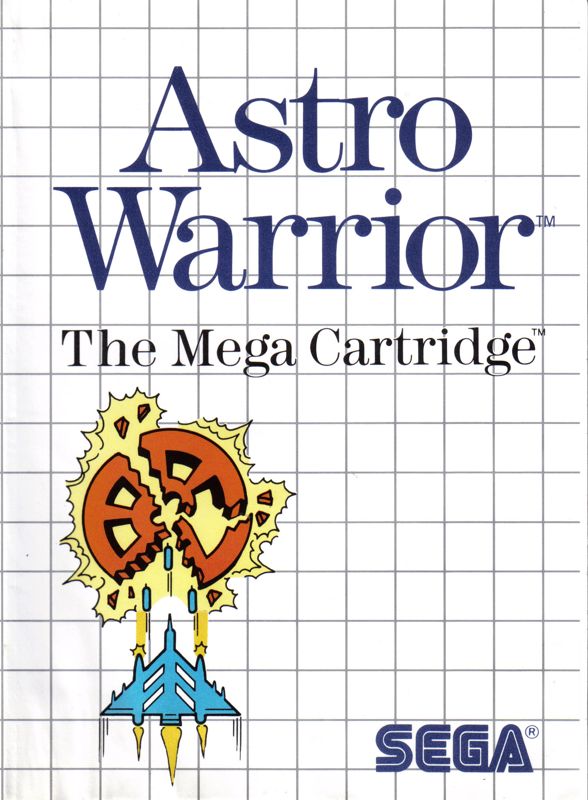
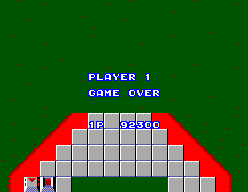
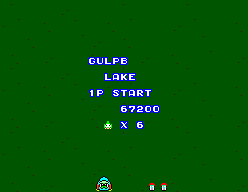
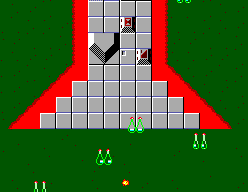
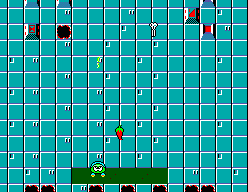
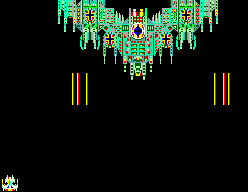

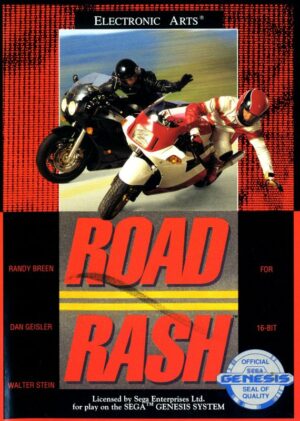

Reviews
There are no reviews yet.